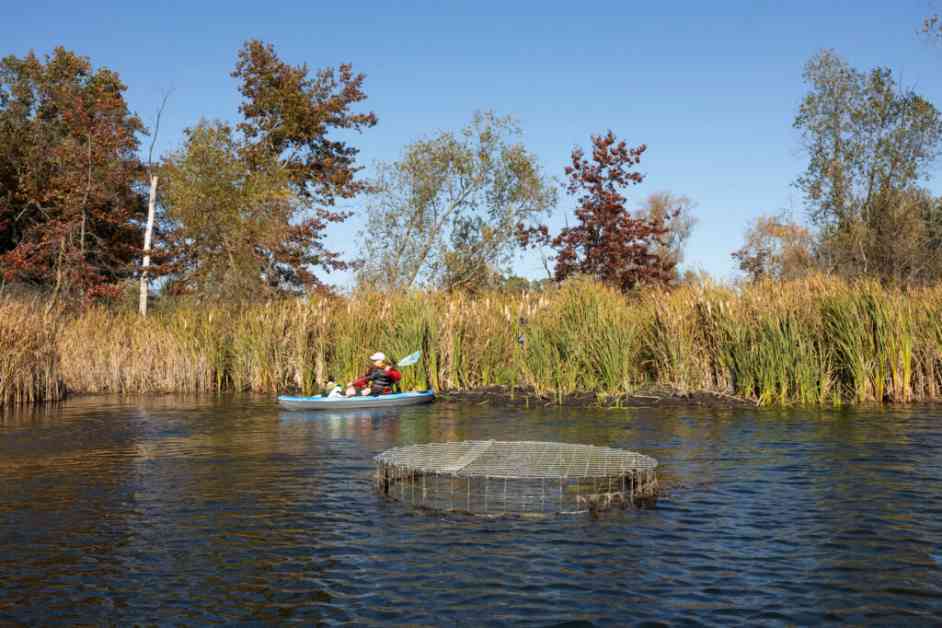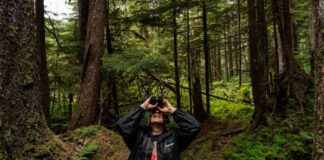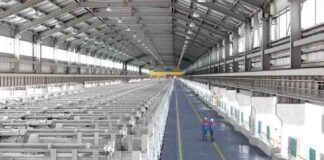Katie McCullough, a 56-year-old cybersecurity professional from Arizona, found solace in Wisconsin during the summer of 2020 when she stumbled upon 36 acres of land near the village of Rio. Unbeknownst to her, this serene property came with some furry neighbors—about 10 beavers who had made themselves quite comfortable on a small muddy island. The beavers had built a dam a decade ago, causing a once-beautiful creek to run dry and significantly altering the landscape.
McCullough was faced with a dilemma. Friends, family, and locals suggested traditional solutions like trapping the beavers and blowing up the dam with Tannerite. However, McCullough couldn’t bring herself to resort to such drastic measures. She believed that every living creature had a purpose and didn’t want to disrupt the natural balance.
This conflict between humans and beavers is not new. Historically, beavers faced near extinction due to unregulated hunting and habitat destruction. Conservation efforts in the 20th century helped their populations recover, but conflicts with humans persisted as they returned to their former ranges, causing damage to trees, culverts, roads, and fields.
Despite the economic costs associated with beaver damage, including timber losses and the expense of control measures, a growing body of research highlights the ecological benefits of beavers. They create wetlands that mitigate climate change impacts and provide habitat for other wildlife. This shift in perspective is leading to a reevaluation of how we interact with these industrious creatures.
One alternative gaining traction is the use of flow control devices to manage beaver-related flooding problems. These devices, such as pond levelers and culvert fences, aim to limit beavers’ damming behavior while preserving their habitat and reducing conflict with humans. Although not commonly used in Wisconsin, these devices have shown promise in other states, offering a more humane and sustainable way to coexist with beavers.
In Katie McCullough’s case, she opted for coexistence with the beavers on her property. While state wildlife agencies regulate trapping to manage beaver populations, Wisconsin imposes few restrictions on handling nuisance beavers on private property. McCullough’s decision to embrace coexistence reflects a growing trend towards finding non-lethal solutions to human-wildlife conflicts.
The installation of flow devices like pond levelers can be a complex process, requiring permits and approvals from various agencies. Despite the challenges, proponents like McCullough and her restoration ecologist, Clay Frazer, are working to streamline the permitting process and promote a culture of coexistence with beavers.
As communities across the country grapple with beaver-related conflicts, the experiences of places like Billerica, Massachusetts, offer valuable lessons. By implementing non-lethal management strategies like flow devices, towns have been able to reduce trapping and dam removal costs while preserving valuable wetland ecosystems.
While flow devices are not a one-size-fits-all solution, they represent a step towards changing the way we interact with beavers and other wildlife. By exploring innovative and humane approaches to managing human-wildlife conflicts, we can protect both our ecosystems and the creatures that call them home.














